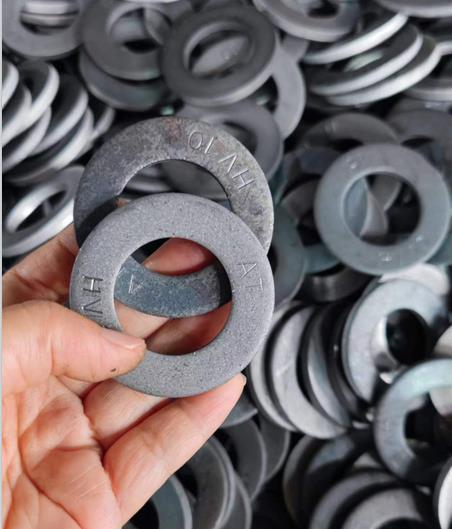Lock Washer and Nut Service - Precision Fastening Solutions
The Importance of Lock Washers and Nuts in Mechanical Assemblies
Lock washers and nuts play a crucial role in ensuring the reliability and safety of mechanical assemblies across various industries. These components are often overlooked during maintenance and assembly processes, yet they are vital in preventing the loosening of fasteners and ensuring structural integrity. Understanding the function and proper service of lock washers and nuts can significantly enhance the performance and longevity of machinery.
What Are Lock Washers?
Lock washers are specially designed washers that provide a locking mechanism to prevent nuts and bolts from loosening under vibration and dynamic loads. They are typically made from metal and come in various shapes, including split, tooth, and wave designs. The design of the lock washer influences its effectiveness; for example, split washers create a spring-like action, while toothed washers grip the surface of the nut and the material underneath it, providing a secure hold.
The Role of Nuts in Fastening
Nuts are fasteners with a threaded hole that is used to secure a bolt, screw, or rod. They help hold components together and come in various types, including hex nuts, lock nuts, and wing nuts. The selection of the appropriate nut is critical for ensuring that the assembly can withstand the forces acting upon it. When combined with lock washers, nuts can create a more secure fastening system.
Why Use Lock Washers with Nuts?
The primary purpose of using lock washers with nuts is to prevent inadvertent loosening. During operation, machinery and equipment are subject to various forces, including vibration, thermal expansion, and torque. These forces can cause fasteners to loosen over time, leading to potential failure of the assembly. The installation of lock washers provides an added layer of security, ensuring that the nut remains tight under challenging conditions.
Best Practices for Installation and Service
lock washer and nut service

To maximize the effectiveness of lock washers and nuts, proper installation and maintenance practices must be followed
1. Preparation Ensure that the surfaces of the components are clean and free of rust, dirt, or debris. This helps the lock washer grip effectively and reduces the risk of corrosion.
2. Correct Selection Choose the appropriate type of lock washer for the application. For high-vibration environments, split or toothed washers may be more effective.
3. Torque Specifications Use a torque wrench to tighten nuts to the manufacturer’s specified torque settings. Over-tightening can deform the lock washer, while under-tightening can result in loosening.
4. Regular Inspections Periodically inspect assemblies for signs of wear or loosening. Early detection can help prevent catastrophic failures.
5. Replacement If lock washers show signs of wear, deformation, or corrosion, they should be replaced immediately. Continuing to use compromised washers can lead to failure in the assembly.
Conclusion
Lock washers and nuts are essential components in mechanical assemblies that should not be underestimated. By understanding their functions and following best practices for installation and maintenance, engineers and technicians can ensure that equipment operates safely and effectively. Investing time and resources into the proper service of lock washers and nuts can significantly reduce downtime, enhance machinery performance, and improve overall safety in various applications.
-
Top Choices for Plasterboard FixingNewsDec.26,2024
-
The Versatility of Specialty WashersNewsDec.26,2024
-
Secure Your ProjectsNewsDec.26,2024
-
Essential Screws for Chipboard Flooring ProjectsNewsDec.26,2024
-
Choosing the Right Drywall ScrewsNewsDec.26,2024
-
Black Phosphate Screws for Superior PerformanceNewsDec.26,2024
-
The Versatile Choice of Nylon Flat Washers for Your NeedsNewsDec.18,2024










